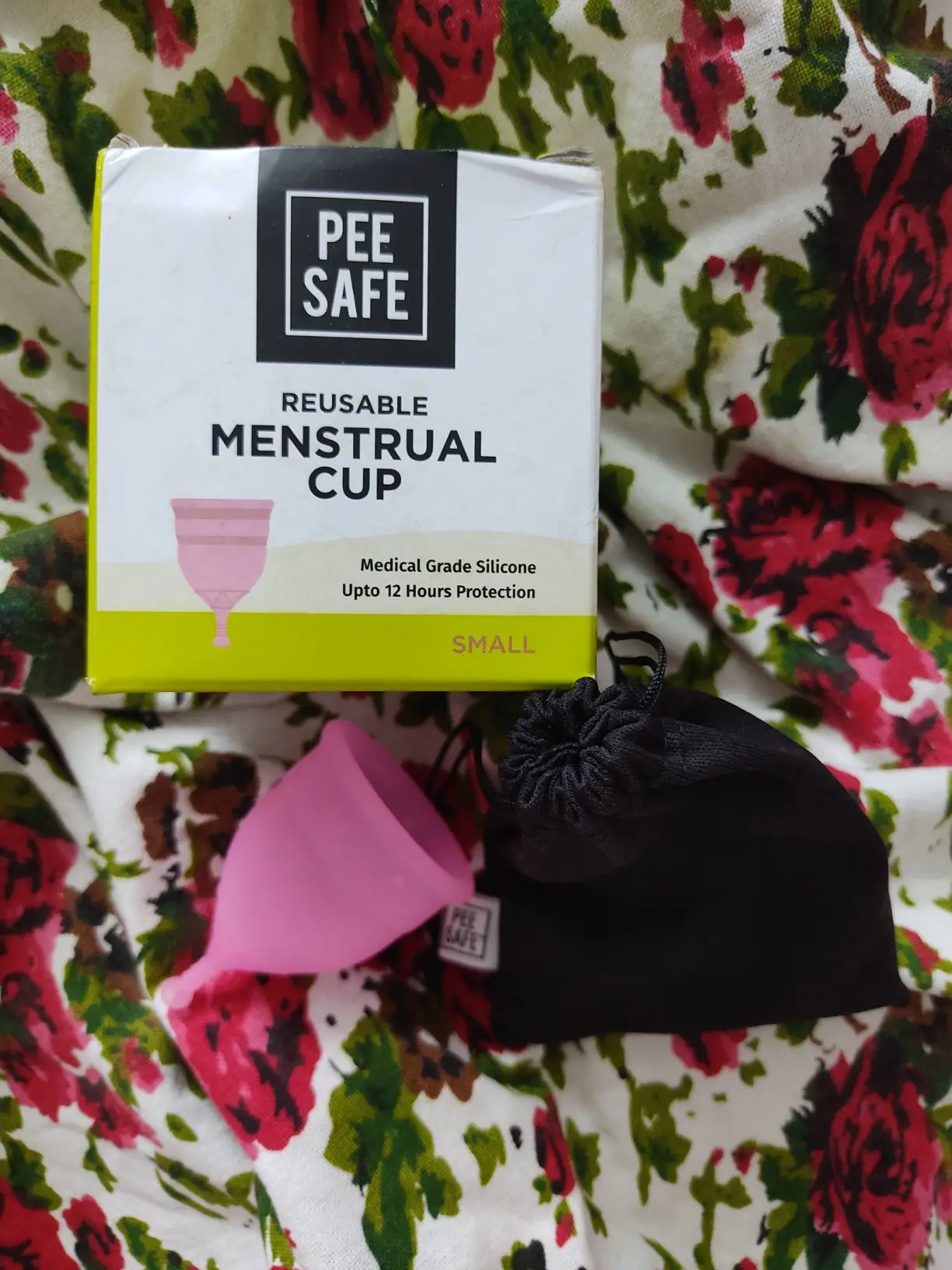Explore the Materials Used in Menstrual Cups
Menstrual cups have gained popularity as a sustainable and convenient alternative to traditional menstrual products. One of the critical factors to consider when choosing a menstrual cup is the material from which it is made. The most common materials used in menstrual cups are silicone, rubber, and thermoplastic elastomer (TPE). Each of these materials offers unique benefits and some potential drawbacks. This article delves into the materials used (silicone, rubber, TPE) in menstrual cups, helping you make an informed decision.
Understanding Menstrual Cup Materials
Silicone Menstrual Cups
Silicone is the most commonly used material for menstrual cups. Medical-grade silicone is highly durable, flexible, and safe for long-term use inside the body.
Benefits of Silicone Menstrual Cups
Hypoallergenic: Silicone is unlikely to cause allergic reactions, making it suitable for sensitive individuals.
Durable: Silicone menstrual cups can last up to ten years with proper care.
Heat Resistant: They can be sterilized by boiling without degrading.
Soft and Flexible: Offers comfort and ease of insertion and removal.
Drawbacks of Silicone Menstrual Cups
Cost: Typically, silicone menstrual cups are more expensive than those made from other materials.
Maintenance: They require regular sterilization to maintain hygiene.

Rubber Menstrual Cups
Rubber (latex) menstrual cups were among the first types available. However, they are less popular today due to the prevalence of latex allergies.
Benefits of Rubber Menstrual Cups
Flexibility: Rubber is very flexible and can conform well to the body.
Durability: Rubber cups are generally long-lasting.
Drawbacks of Rubber Menstrual Cups
Allergic Reactions: Latex can cause allergic reactions in some individuals.
Maintenance: Requires careful cleaning and sterilization to avoid odor and bacterial buildup.

TPE (Thermoplastic Elastomer) Menstrual Cups
TPE is a newer material in the menstrual cup market. It is a plastic with elastic properties, offering a blend of rigidity and flexibility.
Benefits of TPE Menstrual Cups
Biocompatible: Safe for use inside the body without causing irritation.
Flexible and Soft: Similar to silicone in terms of comfort and ease of use.
Affordable: Often less expensive than silicone menstrual cups.
Drawbacks of TPE Menstrual Cups
Durability: May not last as long as silicone cups.
Heat Sensitivity: Cannot withstand high temperatures for sterilization as well as silicone.
How to Choose the Right Material for Your Menstrual Cup
Personal Sensitivity
If you have a latex allergy, avoid rubber menstrual cups and opt for silicone or TPE.Budget
If cost is a significant factor, TPE menstrual cups may be a more affordable option compared to silicone.Durability and Maintenance
For long-term use and ease of maintenance, silicone menstrual cups are generally the best choice.Comfort
Both silicone and TPE offer excellent flexibility and comfort. Personal preference will play a significant role here.Most Reliable Menstrual Cup





Conclusion
Understanding the materials used (silicone, rubber, TPE) in menstrual cups is crucial for making an informed choice that suits your needs. Silicone is the most popular due to its durability and hypoallergenic properties. Rubber, although flexible, may cause allergies for some. TPE offers a good balance of affordability and comfort. By considering your personal sensitivity, budget, and maintenance preferences, you can select the menstrual cup material that will provide the best experience for you.
